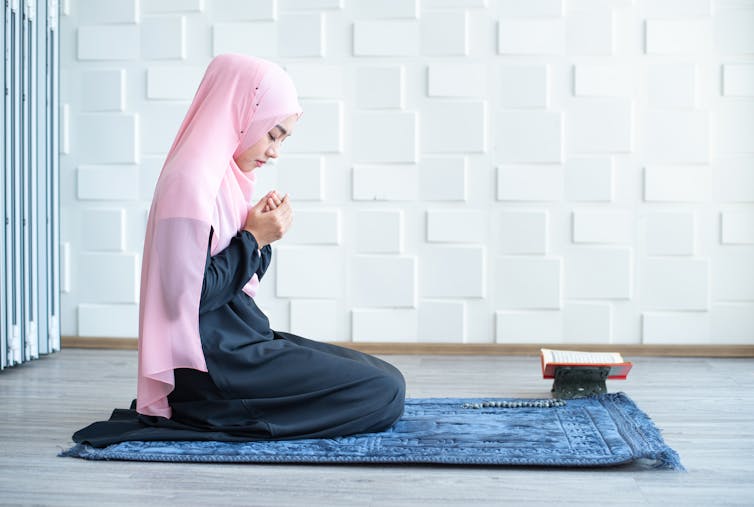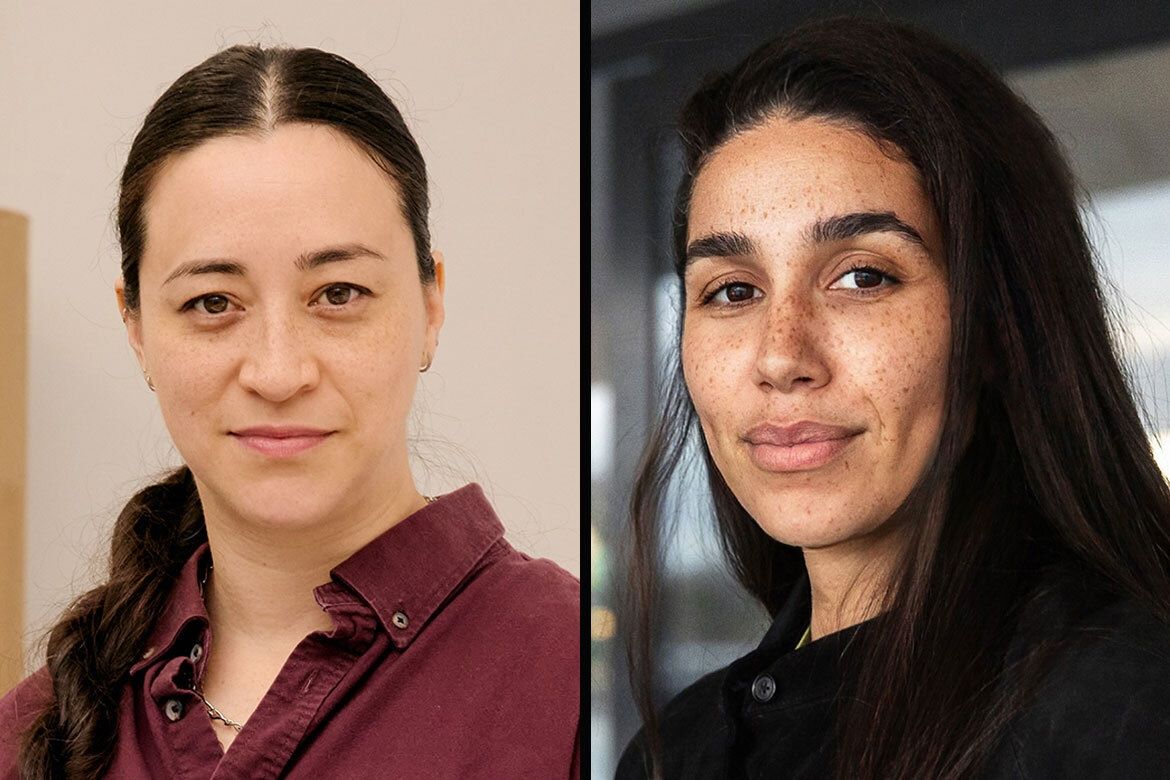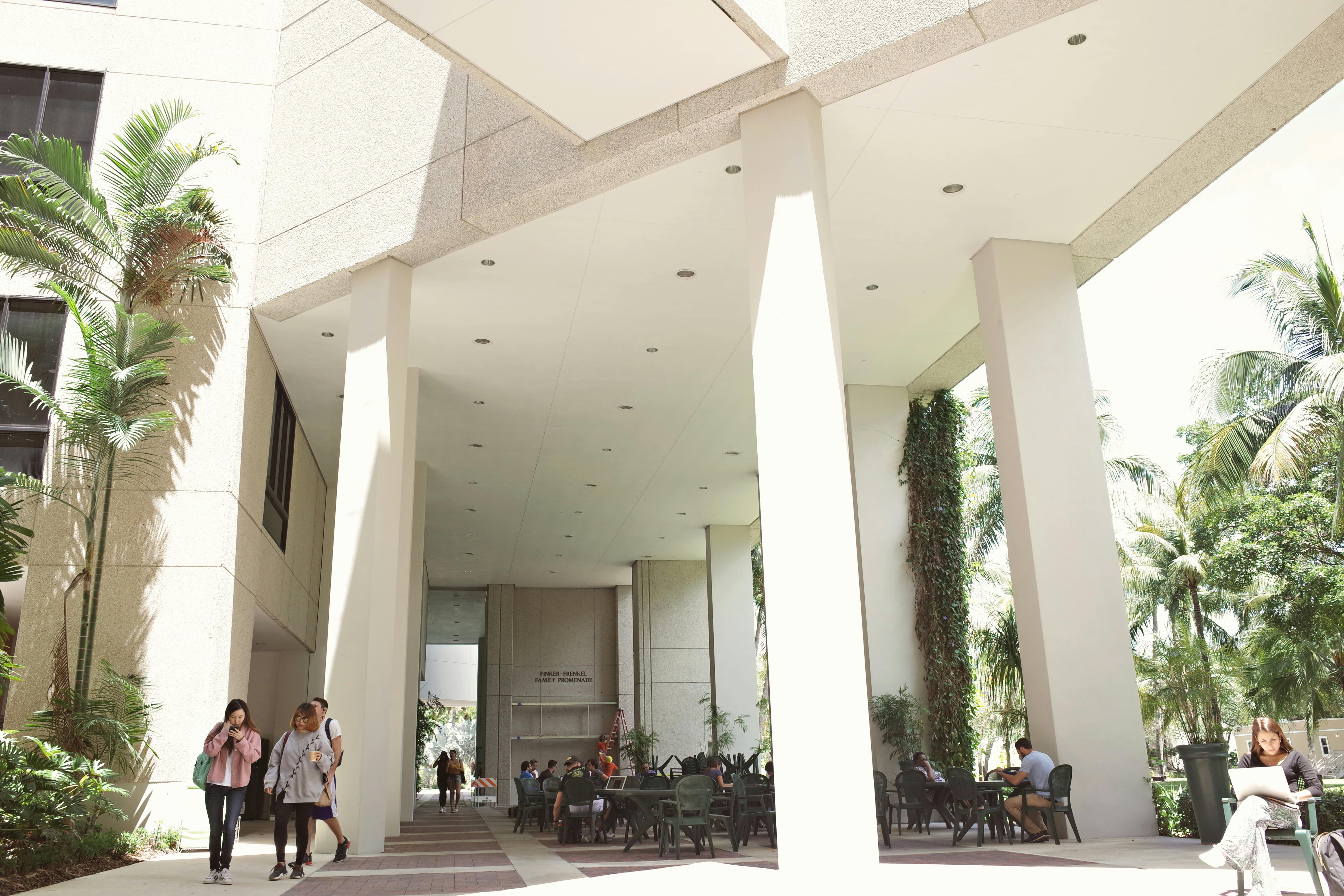2/3 of US colleges and universities lack student groups for Muslims, Jews, Hindus or Buddhists
Tips

Jonathan S. Coley, Oklahoma State University; Dhruba Das, Oklahoma State University, and Gary John Adler Jr., Penn State
The Research Brief is a short take about interesting academic work.
The big idea
Most U.S. colleges and universities lack minority religious student groups for Buddhist, Hindu, Jewish and Muslim students. This is according to our new peer-reviewed study about officially recognized minority religious student groups across 1,953 four-year not-for-profit colleges and universities in the United States.
Colleges and universities across the U.S. typically maintain databases of all student organizations on their campuses. By analyzing those databases, we found that Muslim student groups are located at only 28% of U.S. colleges and universities, while Jewish student groups are at just 25% of U.S. colleges and universities.
Additionally, Buddhist and Hindu student groups are each represented at 5% of colleges and universities. And 66% of U.S. colleges and universities lack any type of minority religious student group.
Using U.S. Department of Education data, we also identified characteristics of schools that are home to one or more minority religious student groups. We found that the presence of minority religious student groups is partly due to institutional resources. For example, schools with large endowments tend to have more minority religious student groups than schools with smaller endowments, partly because wealthier schools employ more student affairs professionals. Those professionals’ jobs are to support student organizations on campus. Also, wealthier schools often provide funds to student organizations.
Beyond providing staff and money, schools with larger numbers of students have more minority religious student groups. This is likely because schools with larger student bodies have more students interested in forming Buddhist, Hindu, Jewish and Muslim student groups.
Finally, certain types of institutions are more likely to have minority religious student groups. We found that approximately 40% of public colleges and universities have minority religious student groups, while only 27% of private Christian colleges and universities have minority religious student groups. This is partly because private Christian colleges or universities are legally allowed to discriminate against non-Christian students, including by refusing to recognize non-Christian student groups. Buddhist, Hindu, Jewish and Muslim students may also avoid attending Christian colleges and universities in the first place.
Why it matters
Research shows that minority religious student groups can provide Buddhist, Hindu, Jewish and Muslim student groups “safe spaces,” even in places where they do not feel welcome. For example, after 9/11, Muslim students faced abuse and harassment on some college and university campuses. Muslim student groups supported these students by providing them with advice on how to navigate unwelcoming campus environments.
Minority religious student organizations also play important roles in transforming their campuses’ policies in ways that make those campuses friendlier to students from minority faiths. For example, national-level organizations such as the Muslim Students Association and Hillel International instruct leaders of local college chapters on how to establish prayer rooms on their campuses. They also provide guidance on how to persuade schools to serve halal or kosher meals, foods that conform to Muslim or Jewish dietary regulations, respectively.
The fact that most colleges and universities lack minority religious student groups means that many students lack resources that could make them feel more welcome on their campuses.
What still isn’t known
When researchers interview leaders or members of student groups, they often identify practical strategies and tactics that students use to form and grow organizations on campus. However, because of our reliance on quantitative data, we don’t know how the strategic thinking and leadership capabilities of Buddhist, Hindu, Jewish and Muslim students may have contributed to the establishment of groups on their campuses.
What’s next
Future research could take a look at the characteristics of schools that have the largest or most active minority religious student organizations. Subsequent research could also identify characteristics of the most effective minority religious student groups.![]()
Jonathan S. Coley, Assistant Professor of Sociology, Oklahoma State University; Dhruba Das, PhD Candidate and Graduate Teaching Associate, Oklahoma State University, and Gary John Adler Jr., Assistant Professor of Sociology, Penn State
This article is republished from The Conversation under a Creative Commons license. Read the original article.





Comments (5)
Best Company Reply
- Ali Tufan
- 2 days ago
Lorem ipsum dolor sit amet, consectetur adipiscing elit. Fusce vel augue eget quam fermentum sodales. Aliquam vel congue sapien, quis mollis quam.Because Other Candidates
- Martha Griffin
- 23 August 2018
Lorem ipsum dolor sit amet, consectetur adipiscing elit. Fusce vel augue eget quam fermentum sodales. Aliquam vel congue sapien, quis.Aldus PageMaker including versions Reply
Lorem ipsum dolor sit amet, consectetur adipiscing elit. Fusce vel augue eget quam fermentum sodales. Aliquam vel congue sapien, quis mollis quam.